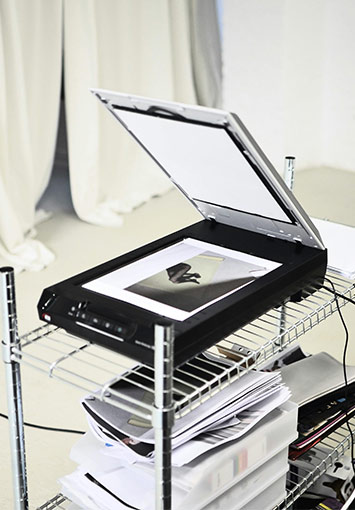Records Management Knowledge Center
Learn how to manage, organize, and store your critical data more efficiently.
Improving the accessibility and security of your data doesn't need to be difficult. Our knowledge base contains all the information you need to make informed decisions when its time to modernize your records management practices.
When it’s time to digitize your documents, one of the most important and often misunderstood choices you’ll need to make is the resolution of your scans. This decision directly affects the quality of your digital files and how useful they’ll be once scanned. Whether you’re preserving historical documents, creating backups of business records, or converting
Utility companies face unique challenges when it comes to records management. From engineering plans and site maps to service reports and regulatory documents, the variety and volume of records they need to keep track of is staggering. These records play an important role in keeping services running smoothly, ensuring regulatory compliance, and maintaining transparency with
Managing the many records generated each year by the fire department can be challenging. From personnel files and training certifications to incident reports, maintenance logs, and meeting minutes, there’s a lot of paperwork to keep track of. Throw in a few large format documents like building plans, maps, and blueprints, and it’s easy to see
Paperwork is a normal part of running a business. When things are going well, invoices, contracts, and HR documents are constantly coming in. Many of these records include sensitive personal details, and it’s the business’s responsibility to keep that information safe. Once those records are no longer needed, you need to dispose of them, but
Managing your records is one of the most important responsibilities you have as a business. However, with the amount of paperwork generated each day, its often easier said than done. Customers and vendors trust you with a lot of information, some of which is sensitive, some of which is important for other business purposes. When
For many businesses switching from paper files to digital records, enhancing security is a big motivator. Paper records are easily misplaced, misfiled, or accessed by someone without permission, and once any of those things happen, there’s little you can do to undo the damage. Digitizing your records gives you the opportunity to change all of
Between property files, contracts, architectural drawings, and financial documents, the amount of records that need to be kept can overwhelm even the most organized HOA board or property manager. These records often end up stuffed into banker’s boxes, tucked away in filing cabinets, or scattered across different locations, making them difficult to track down when
Protecting sensitive information has never been more important, or more difficult. Cybercriminals are constantly on the lookout for weaknesses they can exploit, hoping to gain access to information they can misuse or sell for a profit. Financial information, medical records, and even login credentials are frequent targets of data thieves. For businesses that handle large
As a business grows, so does the number of invoices that need to be managed. And before long, what started out as a relatively simple process snowballs into a major source of stress for your staff. Without hiring additional employees, it can be difficult to keep up with the demand, leading to missed payments, duplicate
Every detail in a medical record, from a doctor’s handwritten note to an old lab result, can influence patient care. When medical practices transition from paper to electronic recordkeeping, some of those smaller details might not make their way into their digital counterpart, which can leave gaps in a patient’s record. Medical record data abstraction









